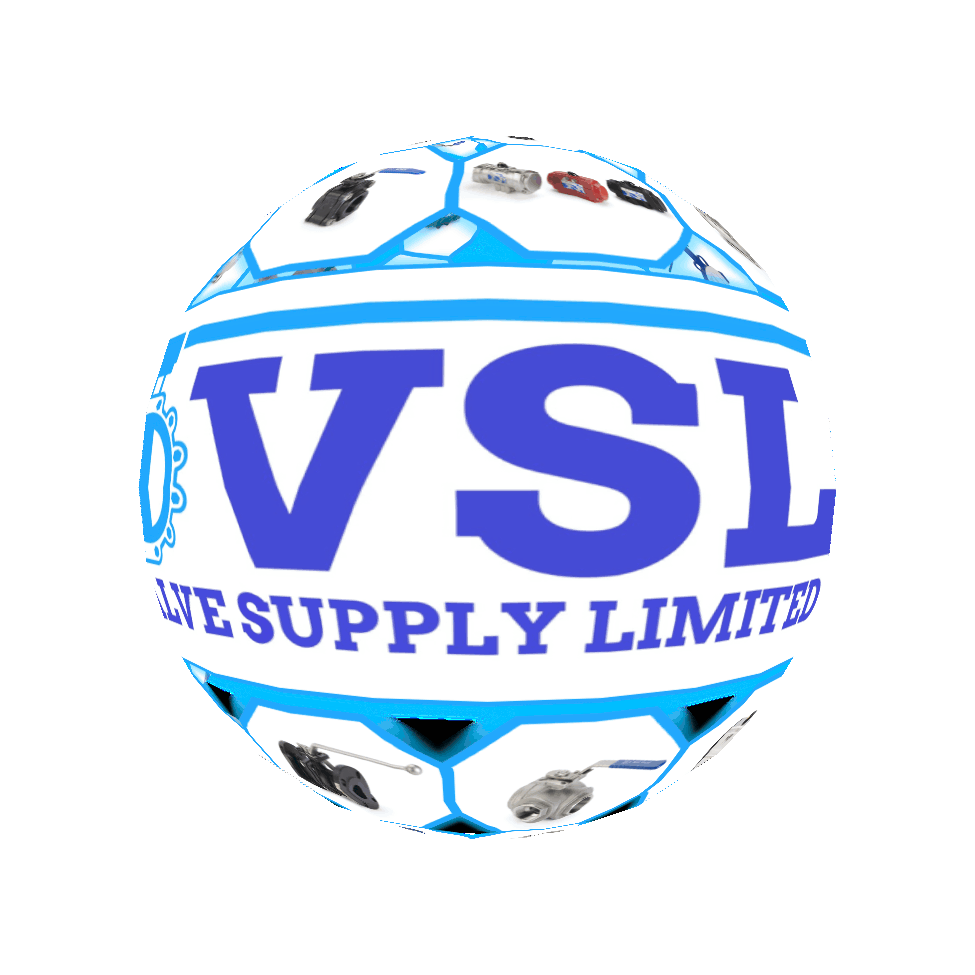What is a Butterfly Valve? An Easy Guide
Butterfly valves are compact, efficient, and cost-effective—perfect for controlling flow in a wide range of piping systems. Learn how they work and when to use them.
What is a Butterfly Valve? An Easy Guide
Butterfly valves are widely used in both industrial and commercial piping systems due to their simple design, compact size, and excellent flow control. But what exactly is a butterfly valve, and when should you use one?
How Does a Butterfly Valve Work?
A butterfly valve uses a rotating disc to regulate the flow of liquids, gases, or slurries. When the handle or actuator is turned, the disc rotates on a central axis—parallel or perpendicular to the flow—allowing full flow, partial throttling, or complete shutoff. The name "butterfly" comes from the disc’s resemblance to a butterfly’s wings when rotated.
Key Benefits of Butterfly Valves
- Compact Design: Takes up less space and weight than other valve types like gate or globe valves.
- Quick Operation: A quarter-turn fully opens or closes the valve.
- Cost-Effective: Fewer components and lower material usage make them more affordable.
- Low Pressure Drop: When fully open, they allow smooth, unobstructed flow.
- Wide Range of Sizes: Suitable for both small pipes and large industrial applications.
Common Applications
Butterfly valves are used across a variety of sectors, including:
- HVAC and air handling systems
- Water and wastewater treatment
- Food and beverage processing
- Power generation and chemical industries
- Marine and fire protection systems
Types of Butterfly Valves
Depending on the application, you may encounter several variations of butterfly valves:
- Wafer Type: Fits between two flanges; lightweight and economical.
- Lug Type: Threaded inserts allow the valve to be installed without nuts on both sides.
- Double Offset: Reduces wear and increases service life in high-performance systems.
- Triple Offset: Used in demanding environments where zero leakage and high-temperature resistance are critical.
Materials Used in Butterfly Valves
Different materials are used to ensure performance, compatibility, and durability:
- Ductile Iron: Strong and cost-effective; common in general applications.
- Stainless Steel (CF8M): Corrosion-resistant; ideal for chemical and sanitary processes.
- EPDM / NBR Seats: Provide flexibility and sealing performance for water, gas, or steam systems.
- FRP Bushings & O-Rings: Add durability and chemical resistance to the valve internals.
Butterfly Valve vs. Ball Valve
While both are quarter-turn valves, butterfly valves are typically used in larger diameter systems due to their lighter weight and lower cost. Ball valves offer a tighter shut-off, but butterfly valves are better for throttling and modulating flow in larger systems where space and budget are considerations.
Conclusion
Butterfly valves are an efficient, economical, and versatile solution for a wide range of fluid control needs. Their simplicity, durability, and adaptability make them a preferred choice in countless industries.
Explore our full range of butterfly valves at Valve Supply Ltd to find the ideal valve for your system.
For a more technical overview, feel free to visit the Butterfly Valve Wikipedia page.

